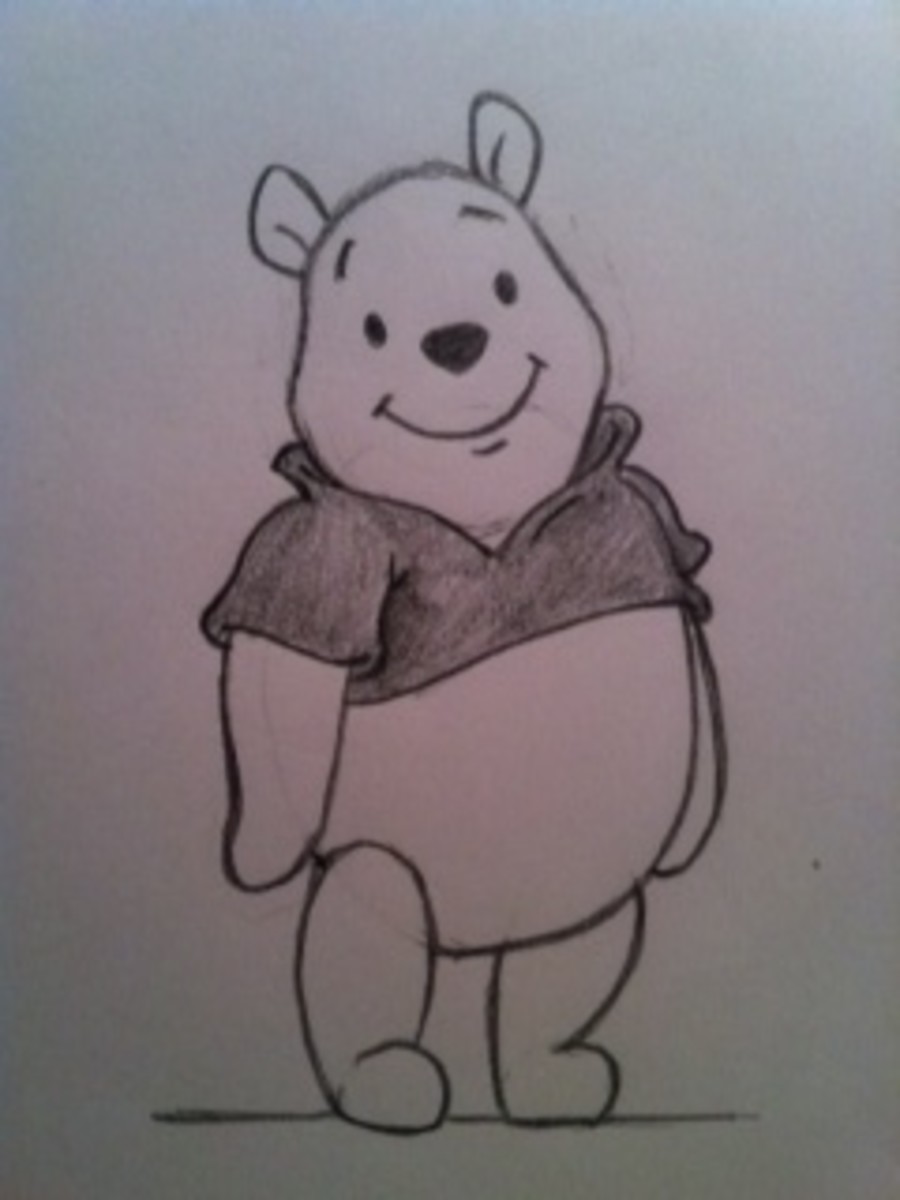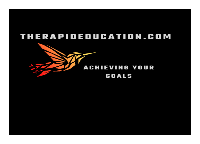How to Draw

Drawing is a timeless and rewarding form of artistic expression that transcends cultural boundaries. Whether you’re a complete novice or someone looking to refine their skills, learning how to draw can be a fulfilling and enjoyable journey. This comprehensive guide is designed to help beginners navigate the world of drawing, providing step-by-step instructions, essential tips, and creative insights to unlock your artistic potential.
Materials:
Before diving into the actual process of drawing, it’s crucial to familiarize yourself with the basic materials needed. A well-equipped artist is better prepared to explore their creativity. Gather the following essentials:
- Pencils: Start with a set of quality pencils ranging from 2H to 6B, covering a spectrum of hardness to softness.
- Paper: Choose a smooth, acid-free paper to prevent yellowing over time. Sketch pads or drawing paper are ideal.
- Eraser: Invest in a kneaded eraser for precise corrections and a regular eraser for larger areas.
- Drawing Surface: A drawing board or a hard surface to provide stability while working.
- Sharpener: Keep your pencils sharp for detailed and crisp lines.
Basic Shapes and Lines:
Beginners often overlook the importance of mastering basic shapes and lines. These fundamental building blocks serve as the foundation for more complex drawings. Practice drawing circles, squares, triangles, and lines of varying lengths and angles. This helps improve hand-eye coordination and control.
Understanding Proportions:
Proportions are crucial when it comes to drawing realistic figures. Learn the basic proportions of the human body, such as the head-to-body ratio and the placement of facial features. Observing and sketching from life or reference images will enhance your ability to capture accurate proportions in your drawings.
Shading Techniques:
Shading adds depth and dimension to your drawings, transforming flat images into lifelike creations. Experiment with different shading techniques, including hatching, cross-hatching, stippling, and blending. Pay attention to light sources and shadows, as they play a pivotal role in creating a three-dimensional effect.
Observation Skills:
One of the most valuable skills for any artist is the ability to observe keenly. Take time to study your surroundings, paying attention to details such as textures, lighting, and colors. The more you observe, the better you’ll become at replicating these elements in your drawings.
Perspective Drawing:
Understanding perspective is crucial for creating realistic and dynamic compositions. Learn the basics of one-point, two-point, and three-point perspective. This knowledge will enable you to draw scenes with depth, whether it’s a simple landscape or a complex cityscape.
Anatomy Study:
If your interest lies in drawing people or animals, a basic understanding of anatomy is essential. Study the skeletal structure and muscles to capture the nuances of movement and form. This knowledge will elevate your drawings from generic to anatomically accurate.
Developing a Style:
As you progress in your drawing journey, you’ll naturally begin to develop a unique style. Don’t be afraid to experiment with different techniques and mediums to find what resonates with you. Your style is a reflection of your personality and perspective, making your drawings distinctive and authentic.
Patience and Practice:
Like any skill, drawing requires time, patience, and consistent practice. Set aside dedicated time each day or week to hone your craft. Embrace mistakes as learning opportunities and celebrate the progress you make along the way.
Drawing Exercises:
To strengthen your skills, incorporate various drawing exercises into your routine. These may include gesture drawing, contour drawing, and blind contour drawing. These exercises improve your observational skills, hand-eye coordination, and confidence in your drawing abilities.
Drawing Resources:
Take advantage of the wealth of resources available to aspiring artists. Online tutorials, drawing books, and community forums provide valuable insights, tips, and feedback. Joining an art class or workshop, either in-person or virtual, can also provide guidance and a supportive community of fellow artists.
Conclusion:
Embarking on the journey of learning how to draw is a rewarding and enriching experience. It allows you to express your creativity, observe the world with a new perspective, and develop a unique artistic voice. Remember, there’s no right or wrong way to draw—find joy in the process, embrace challenges, and let your creativity flourish on paper. With dedication, practice, and a sense of curiosity, you’ll unlock the artist within and create drawings that captivate and inspire.
